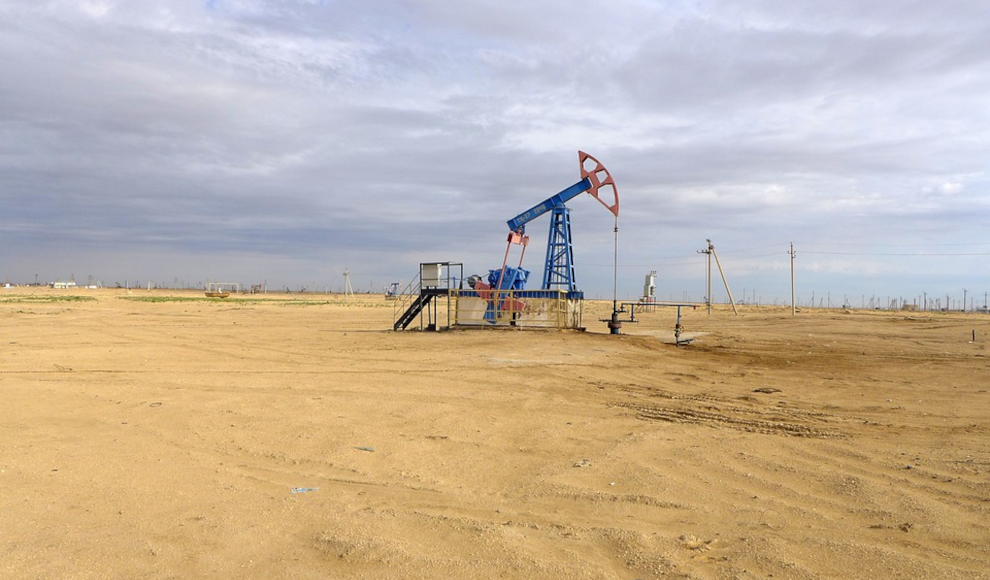A recent study by Stanford University has revealed that the extraction of oil and gas is even more harmful to the environment than previously thought. The study found that the amount of methane released during the process has been significantly underestimated. Methane is a potent greenhouse gas, with a warming potential 86 times greater than carbon dioxide. The gas is released during the extraction process, as well as intentionally during venting and burning. The study found that in the Permian Basin in New Mexico, twice as much methane is being emitted than previously estimated.
Scientists and environmentalists have been monitoring methane emissions in New Mexico and Texas for several years, as the states are known as methane hotspots. A study published in Science in 2021 found that methane emissions in the region were less than 4% of the total gas production. However, the recent study by Stanford University found that 9% of the gas production in the region is made up of methane. The researchers used a more accurate measurement method, flying over the area with a plane that covered 100 times more emission sources than previous ground-based studies.
The study also found that a large proportion of the methane emissions came from just a few sources. Around 5% of the emission sources were responsible for half of the methane emissions. The findings highlight the urgent need for better monitoring and regulation of methane emissions in the oil and gas industry. Methane is a potent greenhouse gas that contributes significantly to climate change, and reducing its emissions is crucial in the fight against global warming.










